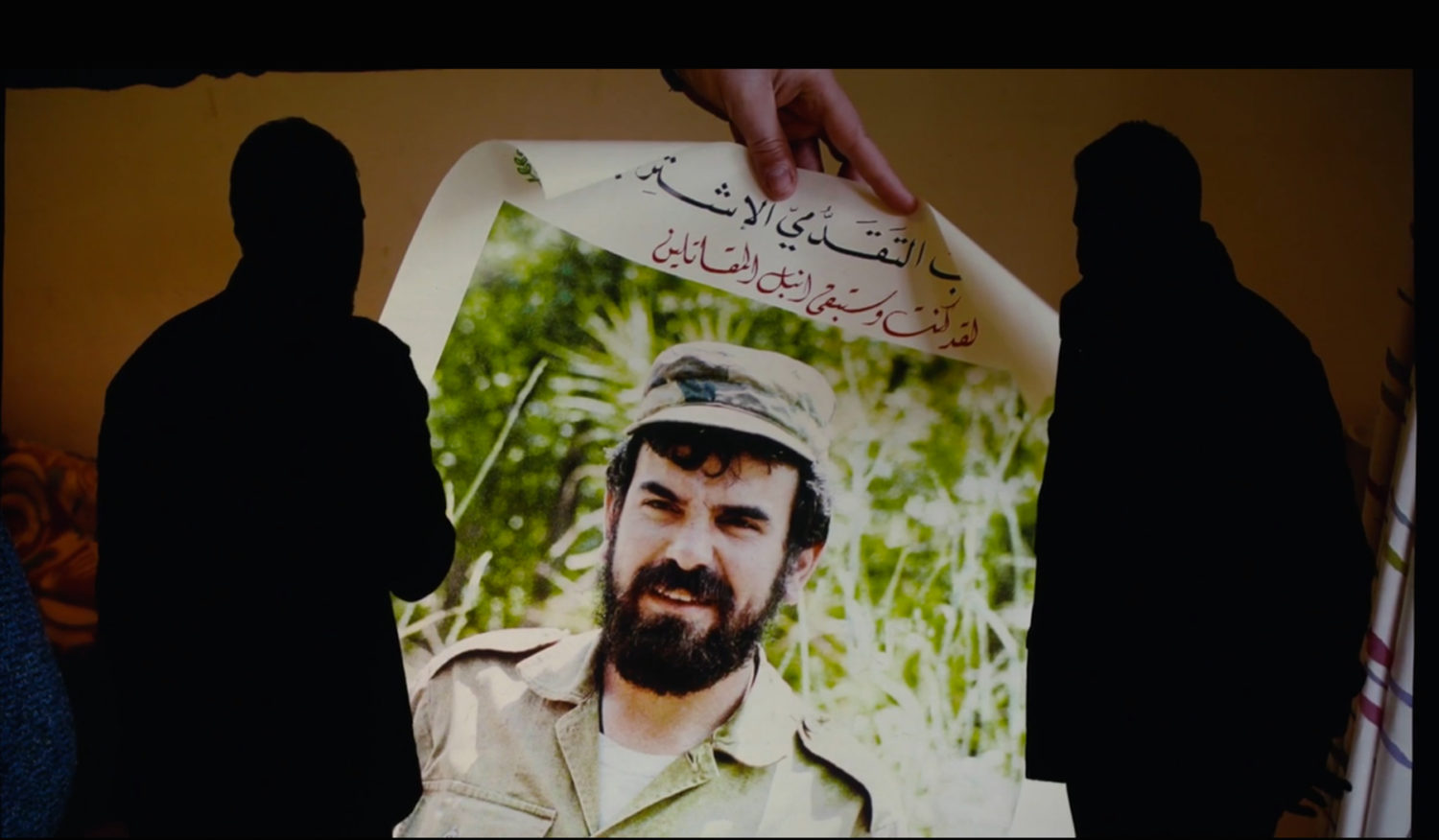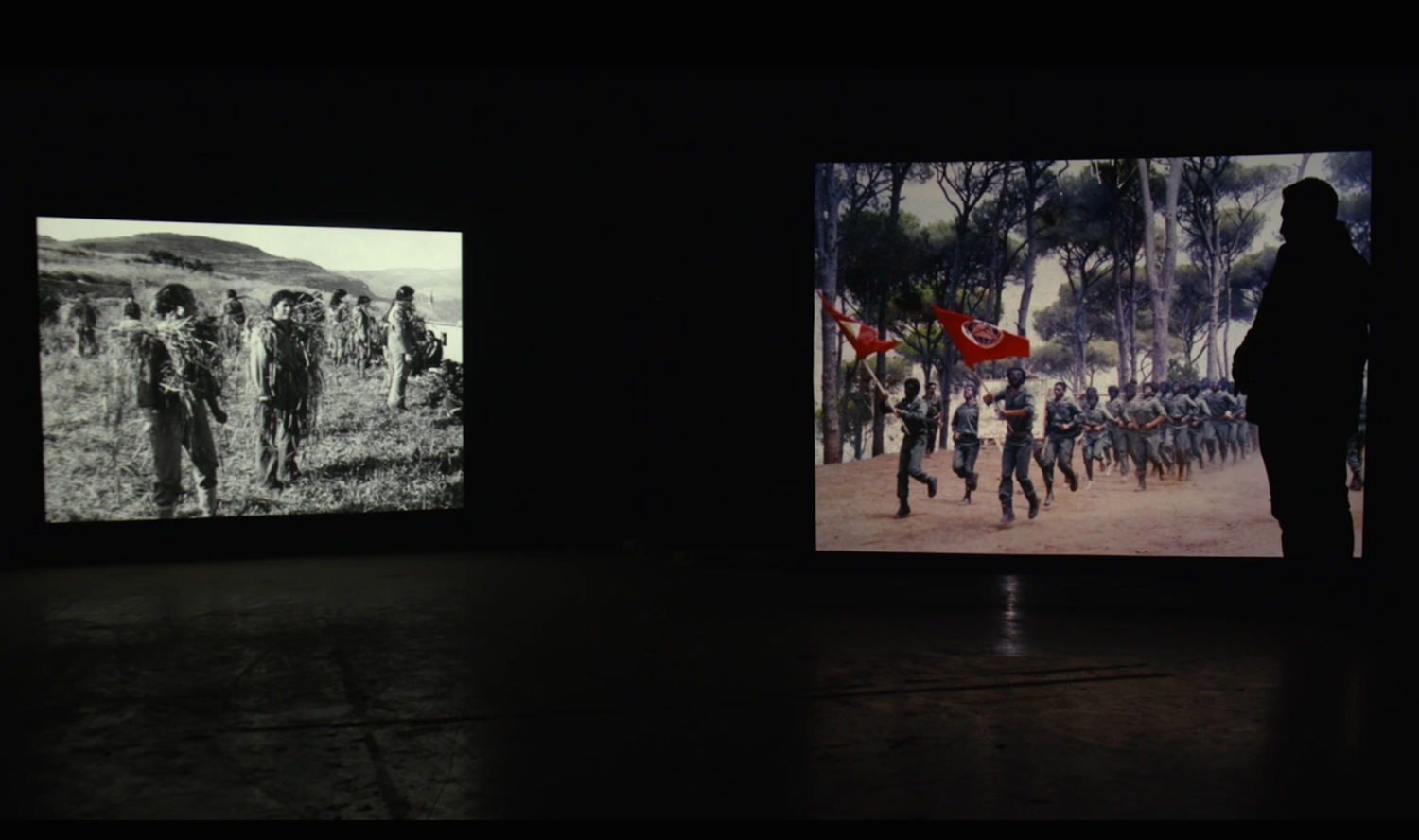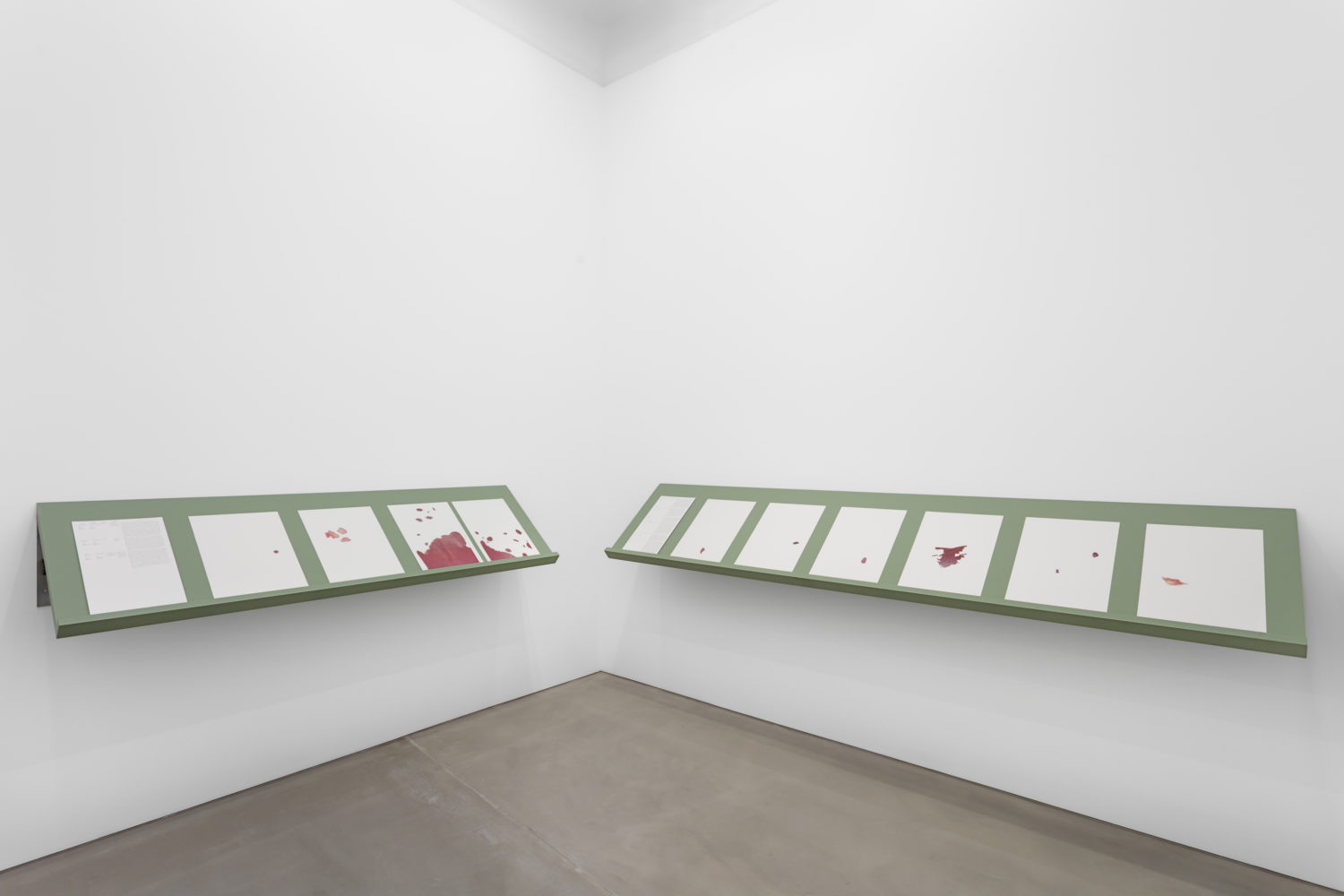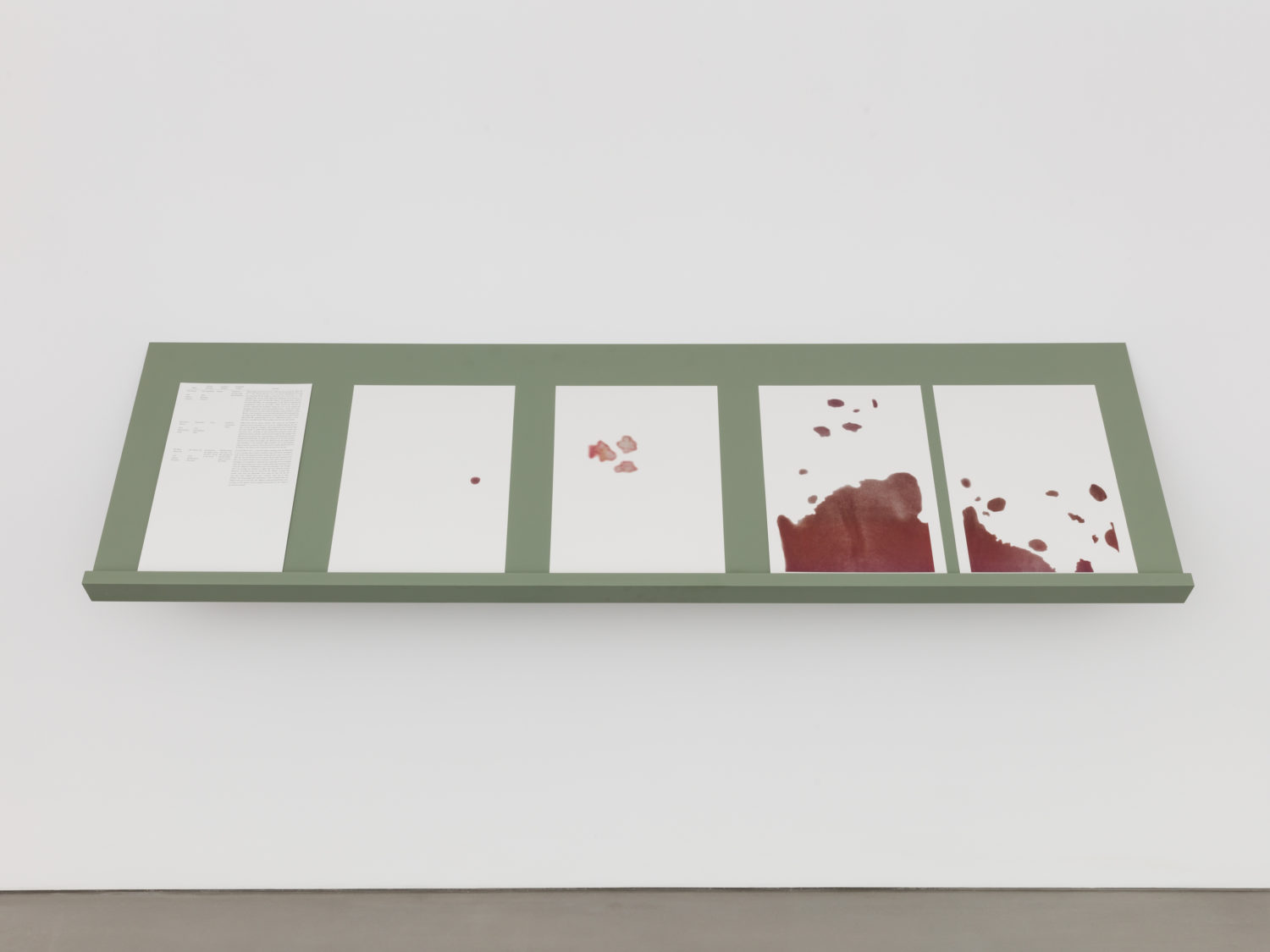Lawrence Abu Hamdan’s New Show Explores Reincarnation As A Medium For Justice
By Something CuratedBorn in Amman, Jordan and based in Beirut, Lebanon, artist Lawrence Abu Hamdan describes himself as a “Private Ear”. His interest in sound and its intersection with politics originates from his background as a touring musician and producer. The artist’s investigatory audio works have previously been used as evidence at the UK Asylum and Immigration Tribunal and as advocacy for organisations such as Amnesty International and Defence for Children International, together with fellow researchers from Forensic Architecture. Abu Hamdan received his PhD in 2017 from Goldsmiths College London, and last year was nominated for the Turner Prize for his exhibition Earwitness Theatre and his performance After Sfx, comprising interviews with former detainees at a Syrian prison. The artist formed a collective with fellow Turner Prize nominees Helen Cammock, Oscar Murillo and Tai Shani in order to be jointly granted the award; this was the first time such a gesture occurred.

Now open and running until 31 January 2021, London’s Maureen Paley hosts the second solo exhibition at the gallery by the artist. The exhibition, which is open by appointment in keeping with Covid-19 regulations, includes a newly realised installation of the video work Once Removed (2019), which was first shown in Sharjah Biennial 14, UAE (2019), commissioned by Sharjah Art Foundation, and was also included in the Biennale of Sydney, Australia earlier this year. This is the first time it will be shown in the UK. Expanding on Once Removed, Abu Hamdan explains: “This dual-channel video installation is a portrait of Bassel Abi Chahine, a 31-year-old writer and historian who has managed to obtain the most comprehensive inventory of extremely rare objects, photographs and interviews of the People Liberation Army (PLA) and Progressive Socialist Party (PSP) militia from the Lebanese civil war.”

The artist continues: “His obsessive analysis, collection and unprecedented research into this one militia was done in pursuit of material to reconstitute flashbacks and unexplainable memories from a previous life. Through his research, Abi Chahine realised that his own lucid memories of a war he had not lived were because he was the reincarnation of a soldier Yousef Fouad Al Jawhary, who died aged 16 on February 26, 1984, in the town of Aley. The scenography of the film attempts to establish the conditions to listen to a new category of witness, one that is yet to be accepted into the production of history.”

Alongside Once Removed, Maureen Paley displays pieces from Abu Hamdan’s most recent project, For the Otherwise Unaccounted (2020), which consists of a series of thermographic prints that investigate the idea of birthmarks corresponding to reincarnation. This show presents the first iterations of a new body of work he is developing that investigates reincarnation, not as a scientific fact, but as a medium for justice. Offering further insight into his new work, the artist expands: “In 1997 the psychiatrist and professor at Virginia School of Medicine, Dr Ian Stevenson published his life work, “REINCARNATION AND BIOLOGY: The Etiology of Birthmarks”. The book was the result of fieldwork in Asia, Turkey, Lebanon, across Africa and Alaska, in which he interviewed and investigated claims of reincarnation with particular attention to the correspondence of birthmarks on the reincarnated subject to the circumstances of their death in their previous lives.”

“Stevenson’s book is a strange and beautiful mix of narrative literature, forensic analysis, biological data, historiography, theology and conflicting scientific hypotheses. In focusing on the claim to reincarnation rather than the ethnography of a single people, Stevenson’s monologue chronicles a collectivity of people who exist at the threshold of the law and for whom injustices and violence have otherwise escaped the historical record due to colonial subjugation, corruption, rural lawlessness and legal amnesty. The raised ink renderings of these birthmarks highlight the ways in which testimony is stored in the body. This work isolates the birthmarks from their bodies, and in this way archives the only surviving remnants of historical erasure, such as forced religious conversions, destruction of language and property, colonial occupation and territorial annexation.”
Lawrence Abu Hamdan at Maureen Paley | 9 December 2020 – 31 January 2021
Feature image: Lawrence Abu Hamdan, Once Removed, production still, 2019. Commissioned by Sharjah Art Foundation. © Lawrence Abu Hamdan, courtesy Maureen Paley, London